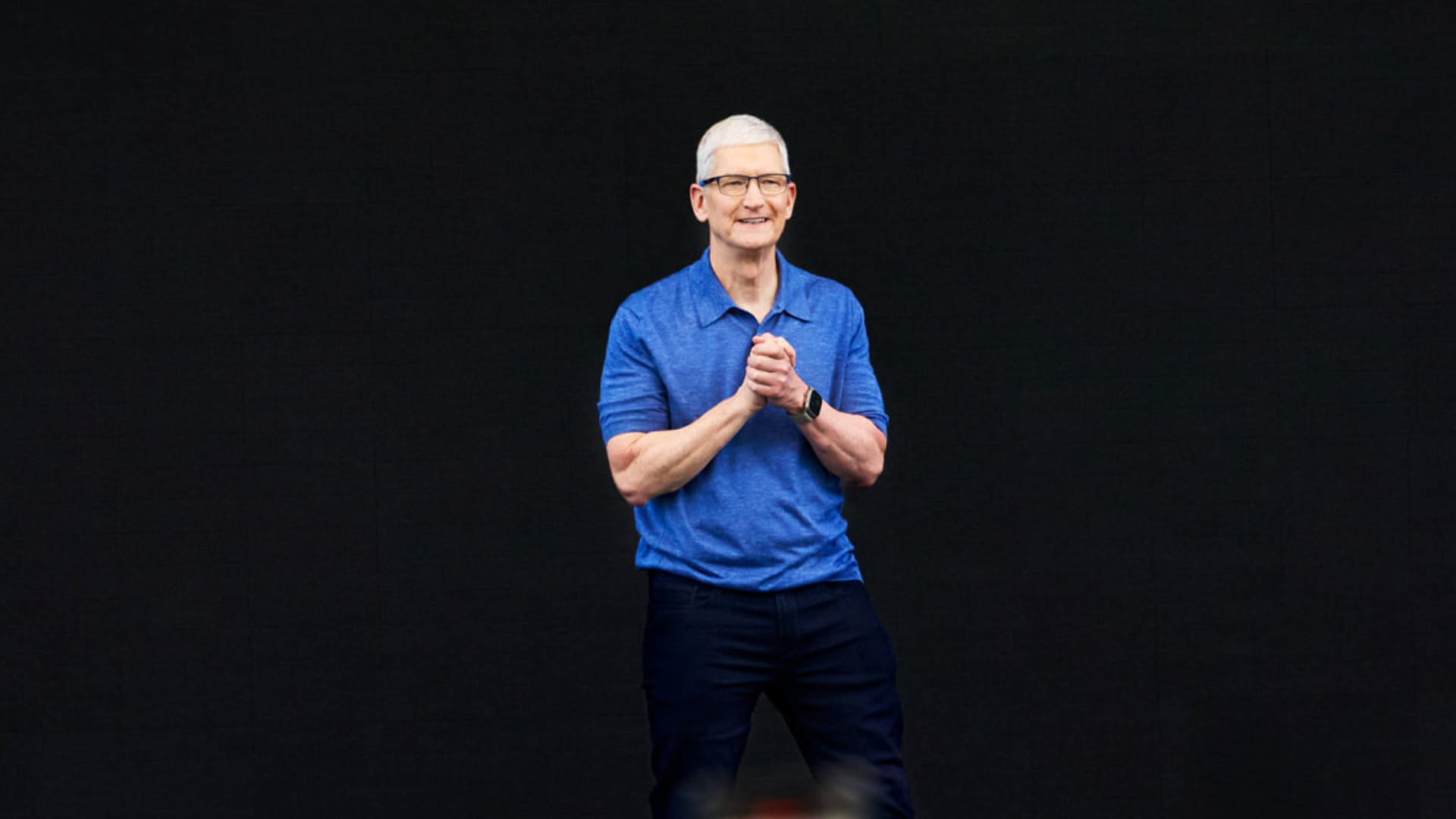Global smartphone shipments rose 2.6% in the third quarter to 322.7 million units, according to the latest data from IDC. This is the second consecutive quarter of rebound after years of stagnation, suggesting that consumers are once again beginning to consider the smartphone as a key personal device rather than just a utility tool.
Despite high inflation and cost pressures, demand for premium devices – especially those offering AI-based features – remains remarkably resilient. The industry is benefiting from aggressive replacement programmes and favourable financing models that lower the barrier to entry. “The decision to upgrade becomes almost automatic for many customers,” IDC points out.
The market leader remains Samsung, which shipped 61.4 million devices, driven by the success of the Galaxy Z Fold 7 and Flip 7 series. This was the company’s best third quarter ever in the foldable segment – a niche that is beginning to move beyond early enthusiasts. Apple, with 58.6 million units and almost 3 per cent growth, built on record demand for its new iPhone 17 line, where the marketing emphasis has been on AI capabilities and longer system support.
Both manufacturers are increasingly positioning the smartphone as a personal AI hub – a device that will process the user’s data locally without dependence on the cloud. This shifts the competition from the number of cameras and processor power to the quality of smart features: voice assistants, automatic photo editing or personalised recommendations.
IDC predicts that the end of the year will continue the positive trend, driven by Christmas promotions and the debuts of more ‘on-device’ AI-equipped models. The most interesting battle, however, is not over hardware, but over the new ecosystem of services built around the smart phone – because it will determine who will actually monetise the industry’s return to growth.i
| Brand | 3Q25 deliveries | 3Q25 market share | 3Q24 deliveries | 3Q24 market share | year-on-year change |
| 1. Samsung | 61.4 | 19.0% | 57.7 | 18.4% | 6.3% |
| 2. Apple | 58.6 | 18.2% | 57.0 | 18.1% | 2.9% |
| 3. Xiaomi | 43.5 | 13.5% | 42.8 | 13.6% | 1.8% |
| 4 Transition | 29.2 | 9.0% | 25.7 | 8.2% | 13.6% |
| 5. vivo | 28.8 | 8.9% | 27.0 | 8.6% | 6.9% |
| Others | 101.2 | 31.4% | 104.5 | 33.2% | -3.2% |
| Total | 322.7 | 100,00% | 314.6 | 100% | 2.6% |












